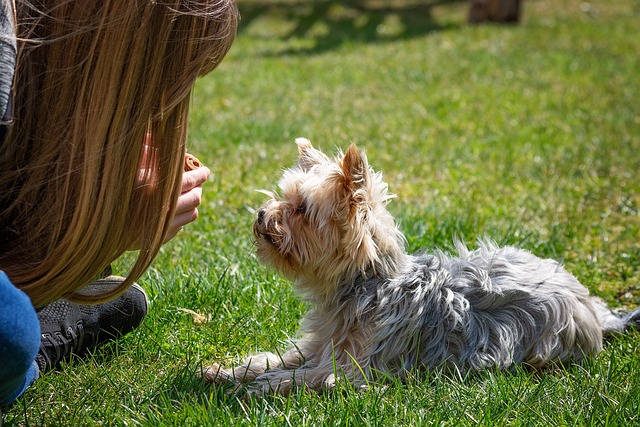Train Your Pet at Home: A Comprehensive Guide
As a pet owner, it’s natural to want the best for your furry friend. One of the most effective ways to achieve this is by training your pet at home. Not only can this save you money on professional training sessions, but it also allows you to build a stronger bond with your pet and address any behavioral issues early on.
In this article, we’ll explore the benefits of training your pet at home, provide step-by-step instructions on how to get started, and offer valuable tips for successful training. We’ll also discuss some essential factors to consider when training your pet, including their nutritional needs and regular vet check-ups.
Before you begin, it’s essential to understand that every pet is unique and may require different training approaches. Be patient, consistent, and positive, and you’ll be well on your way to raising a well-behaved and happy companion.
Understanding Your Pet’s Nutritional Needs
A well-nourished pet is a happy pet! According to the ASPCA, a balanced diet that meets your pet’s nutritional needs is crucial for optimal health. Here are some key factors to consider:
* Consult with your vet to determine the best food for your pet based on their breed, age, and health status.
* Consider your pet’s individual dietary needs, such as allergies or sensitivities.
* Ensure that your pet has access to fresh water at all times.
Learn more about understanding your pet’s nutritional needs
The Benefits of Regular Vet Check-Ups
Regular vet check-ups are essential for maintaining your pet’s overall health and well-being. Here are some key benefits:
* Early detection and prevention of health issues
* Staying up-to-date on vaccinations and preventatives
* Building a strong relationship with your vet for personalized advice
Discover the benefits of regular vet check-ups
Assigning Basics Training to Everyone – Team Onboarding – Asana Forum
Before you start training your pet, it’s essential to establish a positive and consistent relationship with them. This involves setting clear boundaries, using positive reinforcement techniques, and being patient and calm.
Step 1: Establish Trust
———————————
* Start by spending quality time with your pet, doing activities they enjoy.
* Gradually increase interaction and engagement over time.
* Reward good behavior with treats, praise, and affection.
Step 2: Set Clear Boundaries
——————————
* Introduce simple commands, such as “sit” and “stay.”
* Use consistent body language and tone of voice.
* Be clear and firm when correcting bad behavior.
Step 3: Use Positive Reinforcement Techniques
———————————————
* Reward good behavior with treats, praise, and affection.
* Use verbal cues, such as “good boy” or “well done.”
* Avoid punishment or negative reinforcement.
Step 4: Practice Consistency
——————————
* Establish a routine and stick to it.
* Be patient and consistent in your training approach.
* Reward good behavior and correct bad behavior.
Step 5: Gradually Increase Difficulty
————————————–
* Introduce new commands and activities gradually.
* Increase the level of difficulty and challenge.
* Reward good behavior and provide support when needed.
dog training basics – YouTube Playlist
By following these steps and providing a loving and supportive environment, you can successfully train your pet at home. Remember to be patient, consistent, and positive, and always prioritize their well-being and happiness.
In conclusion, training your pet at home is a rewarding and effective way to build a strong bond with your furry friend while addressing any behavioral issues early on. By understanding your pet’s nutritional needs, establishing trust, setting clear boundaries, using positive reinforcement techniques, practicing consistency, and gradually increasing difficulty, you’ll be well on your way to raising a happy and well-behaved companion.
Learn more about assigning basics training to everyone
Watch our dog training basics playlist for expert advice and guidance

